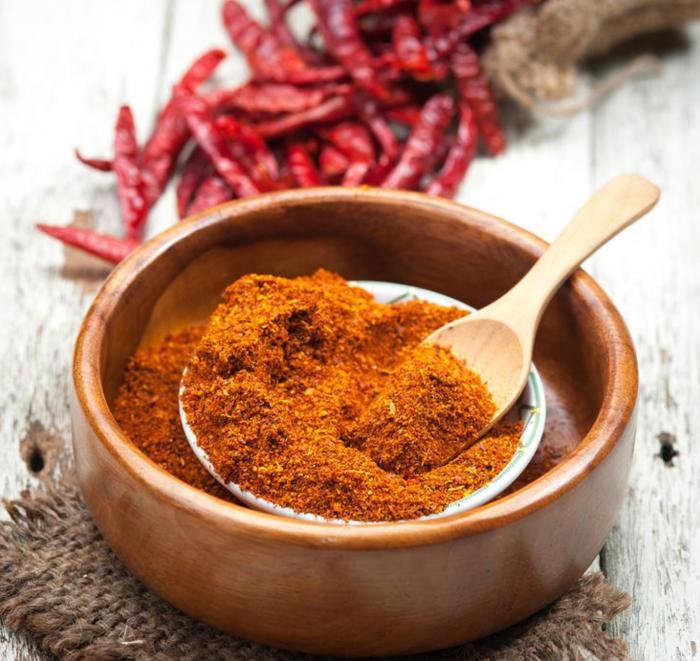Properties of cayenne, a plant with important medicinal benefits, acting as a tonic and stimulant. Discover its contraindications and how to prepare your infusion.

The cayenne pepper (culinary known as of cayenne pepper) is a plant belonging to the family Solanaceae, and scientifically called Capsicum annuum var. annuum.
It is a plant whose fruits are mainly used, both in the kitchen and in herbal medicine, which are collected when they are fully ripe, finally leaving them to dry in the shade.
Regarding the active principles of cayenne, its content in vitamin C, flavonoids, carotenoids and capsaicin, among others, stands out.
Regarding the pharmacological action of cayenne, which we particularly find in this interesting medicinal plant, it’s very important stimulating action on the body stands out, as well as being carminative, anticatarrhal, antiemetic, antimicrobial and diaphoretic.
What are its benefits?
Cayenne provides both stimulating and tonic benefits to the entire body, but mainly on our digestive and circulatory systems (in fact, it is ideal to activate circulation).
In this sense, cayenne is capable not only of improving our circulation, but of strengthening the arteries, capillaries and the heart.
When it comes to the digestive system itself, cayenne is suitable for relieving abdominal cramps and flatulence.
In case of flu or colds, it has an important anticatarrhal effect, helping not only to fight it, but to prevent the risk of contagion.
It is, therefore, a useful plant when it comes to activating and improving circulation, by strengthening the arteries, capillaries and the heart. On the other hand, it also helps to relieve both flatulence and abdominal cramps.
Below we summarize the main properties of cayenne:
- Stimulating and tonic action.
- Improves blood circulation.
- Strengthens the heart, capillaries and arteries.
- Relieves colic and flatulence.
- Interesting anticatarrhal action against flu and colds.
How to make the cayenne infusion:
The cayenne infusion is also interesting in the autumn or winter months, thanks to the fact that it has a very interesting anti-catarrhal effect, which helps to fight both flu and colds in a natural way.
Ingredients:
- 1 teaspoon cayenne seeds
- 1 cup of water
Preparation of the cayenne infusion:
- Put the equivalent of a cup of water in a saucepan.
- When the water comes to a boil, add the cayenne seeds, and boil for 3 minutes.
- After this time, turn off the heat, cover and let it rest for 2 minutes.
- Finally strain and drink.
How to take the cayenne infusion:
It is recommended to take this infusion 1 to 3 times a day, only for a maximum of 3 days.
Contraindications and side effects of cayenne
The consumption of cayenne infusion is not recommended in the following cases:
- Ulcers or other digestive disorders.
- Liver and kidney problems or diseases.
- Pregnancy and breastfeeding.
- People allergic to cayenne.
Large doses can damage the liver and kidneys, as well as causing gastrointestinal irritation, internal bleeding, and anemia.































